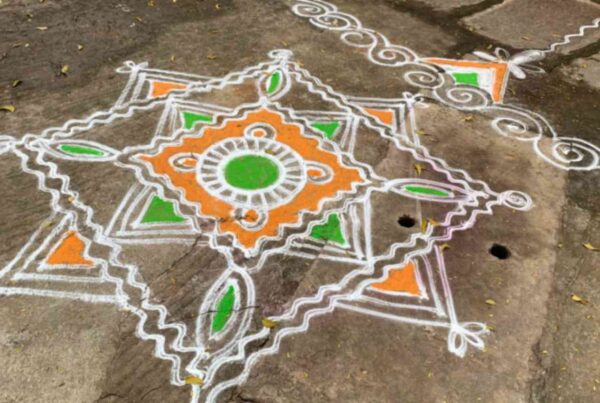We spoke about light as a whole in our previous blog. One must understand that the concepts of shade and shadow to understand the complete principles of light, shade and shadow.
LET’S TALK ABOUT SHADE AND SHADOW?
We know that the light of an object is the brightest part of an object. Similarly, shade is the darker part of an object. It is the area that is not in the direct path of sunlight. On the contrary, the shadow is an image cast by an object on another body. Shadow can also be formed by a protruding part of an object on the body itself.
DIFFERENT TYPES OF SHADES:
HALF SHADE:
Consider lighting a sphere conventionally. If you see closely, the parallel light rays are being blocked on the wider region of the sphere. The upper left-hand part of the sphere facing the light is visibly bright. Similarly, the lower right-hand part of the sphere away from light is darker.
To clarify, the angles of reflection transits from high light to halftone and then to the deepest shade due to the curvy structure of a sphere. This partial light and dark value refer to half shade, halftone or semitone.
DEEP SHADE:
The darkest part of the object turned away from light refers to deep shade. In fact, it is quite dark but not as much as the darkest part of the shadow. The transition from light to deep tones varies totally on the shape of the object.
For example, if the object comprises flat planes and sharp edges like cube or pyramid, the transition of tones may be abrupt. Here, I am talking about the transition from light to deep tones.
On the contrary, the transition is pretty gentle when we consider cylindrical or spherical objects.
How do you observe this?
Compare the light and shadows on the cubical and cylindrical objects and you will get to see the transitional tones.
Thus, we can summarize to the fact that shade is a part of the object that receives the least illumination. In other words, it is the darkest part of the object.
SHADOW:
Shadow is a part of the object that has been cast on a neighbouring object. In other words, it is the effect on a surface when the object is in between the surface and source of illumination.
There are two types of shadows depending on the light falling on an object – Cast shadow and Form shadow.
CAST SHADOW:
We all know that when an object blocks light, it casts shadows. A cast shadow has different values and tones. Besides, it does not have a solid shape. If the cast shadow is farther from the object, the tone and edges become lighter, softer and less defined.
FORM SHADOW:
Form shadow is the darker side of an object not facing the light source. In other words, it is the shadow on a subject opposite to the light source. Besides, it has a softer and less defined edge to it as compared to the cast shadow. These are subtle shadows making an object look 3 dimensional rather than flat.
BASIC PRINCIPLES OF SHADOW CASTING:
The proper portrayal of a shadow rests on two core principles. The first principle revolves around the fact that the shadow is regular in shape when viewed from above.
The second principle says that the shadow must be foreshortened when viewed from the front.
Imagine light rays directing from the left and above at an angle of 45°. These seem parallel when seen from the front. Besides, these light rays form symmetrical shadows when seen from above.
The regular shadow, when seen from above, appears foreshortened when seen from the front. Thus, we must apply the principles of foreshortening to achieve the proper shape from a frontal view.
WANT TO LEARN LIGHT, SHADE AND SHADOW?
The overall subject rests on practical explanations with live demonstrations. If you are looking forward to learning the core techniques of light, shade and shadows, join the three months diploma module by Sampratishta School of Fine arts.
If you want to learn under the influence of natural light and references, Pencil and Chai offer outdoor realistic classes in Bangalore.





